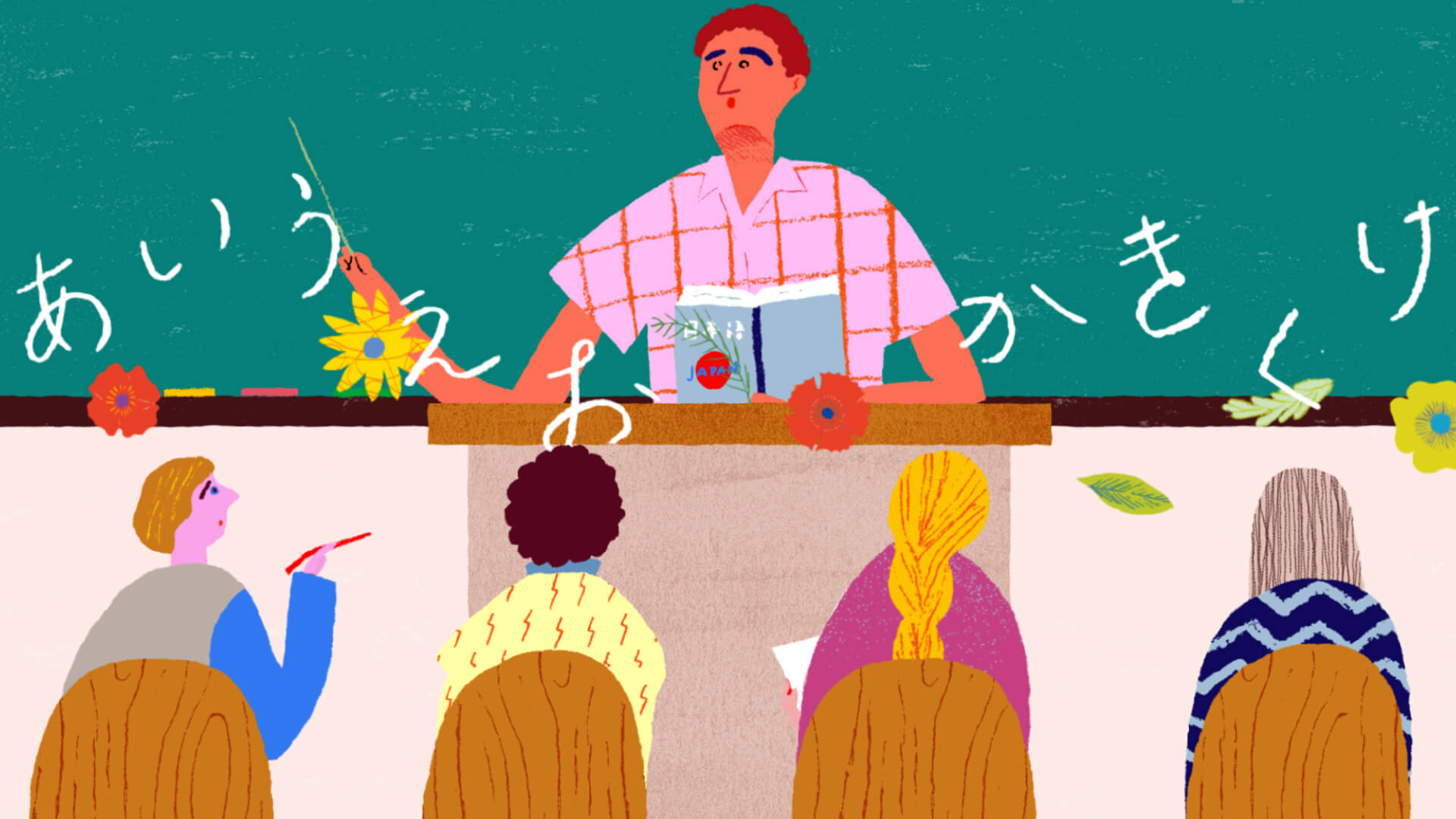Come and enjoy the spectacular World of Japanese Cinema at The Japan Foundation, New Delhi.
Theme of the Month is “Life in Post-War Japan through the eyes of a child”
Color / Standard / 1987 / 115 min / Kinema Tokyo = Nichiei Films
Directed by : Sugawa Eizo
Screenplay by : Nakaoka Kyohei
Sugawa Eizo
Photography by : Himeda Shinsaku
Art Direction by : Akune Iwao
Music by : Shinozaki Masatsugu
Based on a novel by: Miyamoto Teru
Planned by : Takahashi Matsuo
Araki Masaya
Executive Producers: Takahashi Matsuo
Kato Hiroaki
Associate Producer : Fujimoto Kiyoshi
CAST:
Mizushima Tatsuo : Sakazume Takayuki
Tsujisawa Eiko : Sawada Tamae
Shigegatsu, Tatsuo’s father : Mikuni Rentaro
Chiyo, Tatsuo’s mother : Toake Yukiyo
Harue, Shigegatsu’s ex-wife : Naraoka Tomoko
Ginzo : Tonoyama Taiji
Sekine Keita, Tatsuo’s friend : Tonegawa Ryuji
His father : Kawatani Takuzo
Omori Kametaro : Otaki Shuji
Kisaburo, Chiyo’s brother : Kawarasaki Choichiro
Matsuzaki, a teacher : Teraizumi Ken
SETTING: Toyama in 1962
SYNOPSIS:
During the winter of 1962 in Japan’s northern HOKURIKU District, a fourteen year old junior high school boy named TATSUO gets into a brawl with his schoolmate ICHIRO over EIKO, a girl every boy in class loves. Even though busy preparing for high school entrance exams, TATSUO spends his
days thinking about his dream girl.
To further exacerbate his problems, creditors descend upon Tatsuo’s house; His father SHIGETATSU, once a prosperous merchant, failed in business and his family now lives in poverty. Despite their austerity, though, his wife CHIYO puts up a cheerful front to encourage her husband and son. In truth, she and SHIGETATSU had an illicit relationship, and when she got pregnant SHIGETATSU wanted her and the child so much that he forcibly divorced his wife HARUE.
On a snowy day in April TATSUO and EIKO stroll together, repressing their burning desire for one another. EIKO remembers what her father said seven years earlier; if heavy snow falls in April, a huge swarm of fireflies will appear at the upper reaches of the river which flows through town, and any man and woman who chance to witness the scene together must eventually marry. TATSUO asks his neighbor GINZO to take him to the river to see the fireflies when spring comes.
TATSUO’s father suffers a stroke, which plunges the family even deeper into debt. With that additional burden to his love for EIKO, TATSUO finds himself stepping into the world of adults, and its tragedies. Spring arrives in the north, but it robs TATSUO of the two people closest to him: his father and KEITA, a friend who kills himself because his family opposed his attending high school.
SHIGETATSU’s ex-wife HARUE, now a prosperous inn proprietress, comes to pray, for the repose of her former spouse’s soul. She tells CHIYO that her grudge against him is gone and invites TATSUO to visit her inn whenever he chooses. One night, GINZO escorts TATSUO, his mother and EIKO to the upper reaches of the river to see the legendary fireflies. Searching for the huge swarm, which no one has actually seen, they keep walking, each entertaining a different wish for the future. They agree to take another 1,500 steps, and that if they cannot find the swarm they will give up and turn back. The four press on, and finally their hope is rewarded when the magnificent swarm appears, glittering in the air, as if a beautiful illusion.
NOTES:
The AKUTAGAWA literature prize-winning novel by MIYAMOTO TERU is the basis of the story of this film. His three novels have been made into films; “Muddy River” (DORO NO KAWA) was cinematized by OGURI KOHEI in 1981, “Dotonbori River” (DOTONBORI GAWA), by FUKASAKU KINJI, and “River of Fireflies” by SUGAWA EIZO.
It sensitively captures the first love of a 14 year old boy. His friendships, and the world of elders, are through his eyes. The beautiful sceneries the four seasons provide in snow country, established a background for the spectacular scene of one million fireflies. It was made with, special effects created by KAWAKITA KOICHI. In order to attain this climax, an additional four months of filming on location in TOYAMA, on the Japan Sea, was required. The director, SUGAWA EIZO, had been an assistant director to NARUSE MIKIO, and made his debut as a director in 1958. His “Beast Shall Die” (YAJU SHISUBESHI) 1959 had attracted much attention with its caustic approach, which was rarely seen in the Japanese films at that time. His range of subject matter varies, including youth movies and critical satire, as well as light comedy. This work is his first film in ten years after “The Japanese and the Navels” (NIHONJIN NO HESO) 1977 was finished.
 Twitter
Twitter

 '
'